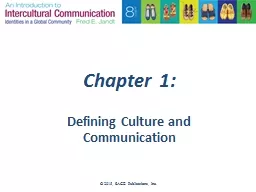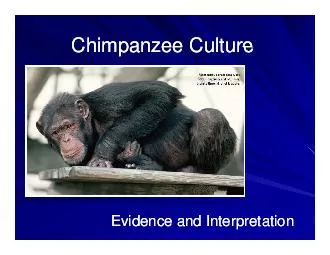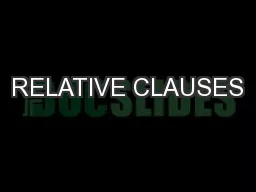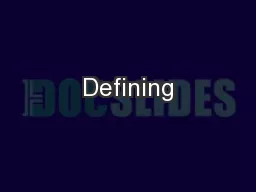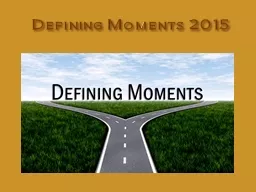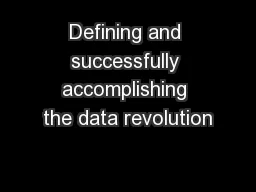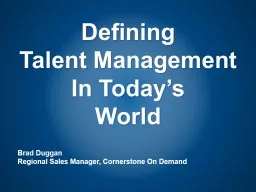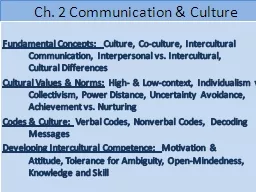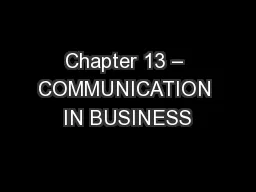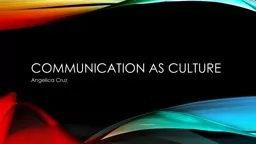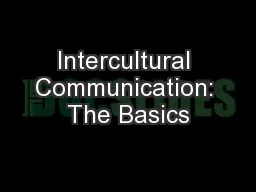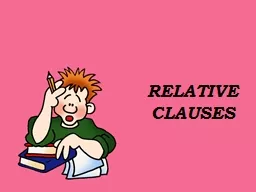PPT-Chapter 1: Defining Culture and Communication
Author : yoshiko-marsland | Published Date : 2018-11-12
2015 SAGE Publications Inc What will you learn How did the concept of culture develop and how is it used Which aspects of culture have become regulators of human
Presentation Embed Code
Download Presentation
Download Presentation The PPT/PDF document "Chapter 1: Defining Culture and Communi..." is the property of its rightful owner. Permission is granted to download and print the materials on this website for personal, non-commercial use only, and to display it on your personal computer provided you do not modify the materials and that you retain all copyright notices contained in the materials. By downloading content from our website, you accept the terms of this agreement.
Chapter 1: Defining Culture and Communication: Transcript
Download Rules Of Document
"Chapter 1: Defining Culture and Communication"The content belongs to its owner. You may download and print it for personal use, without modification, and keep all copyright notices. By downloading, you agree to these terms.
Related Documents

